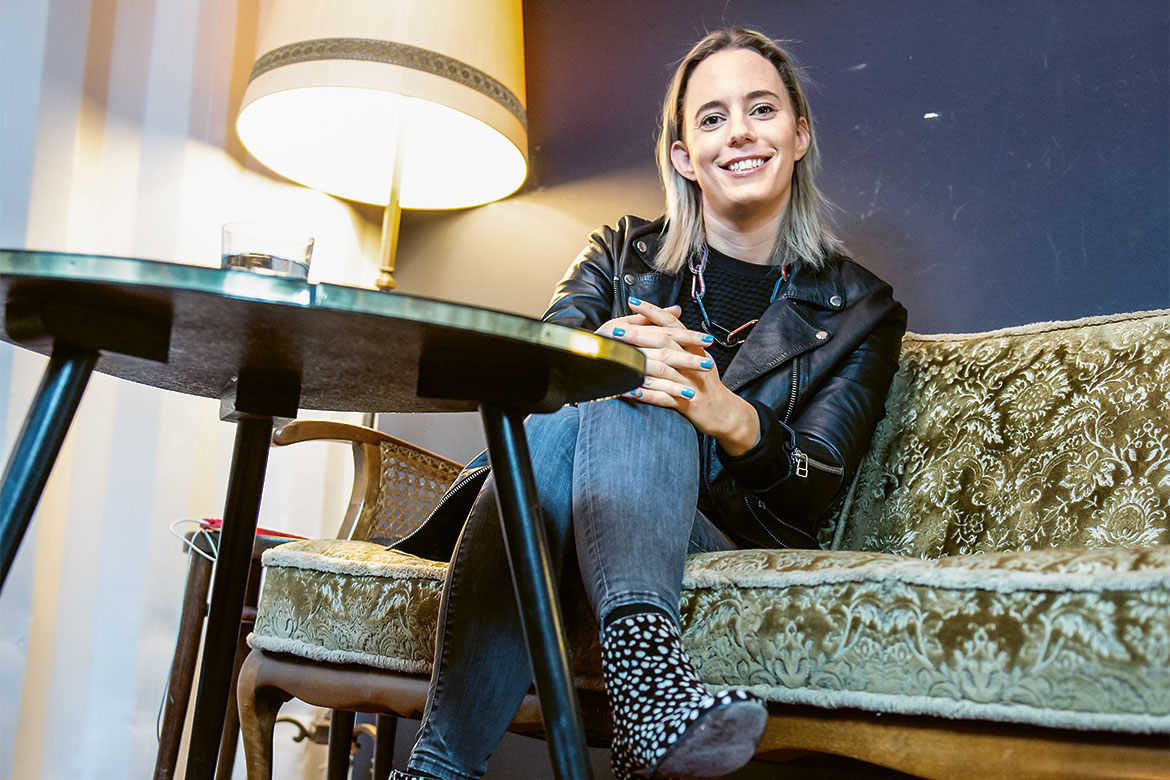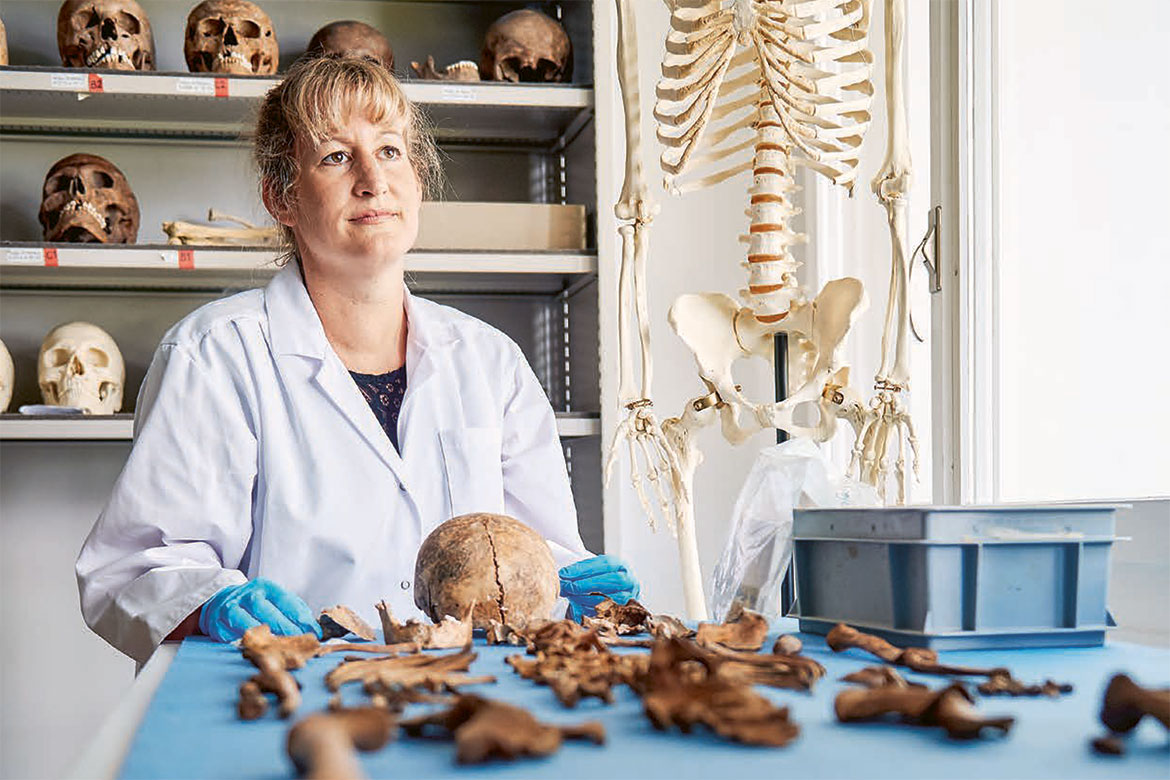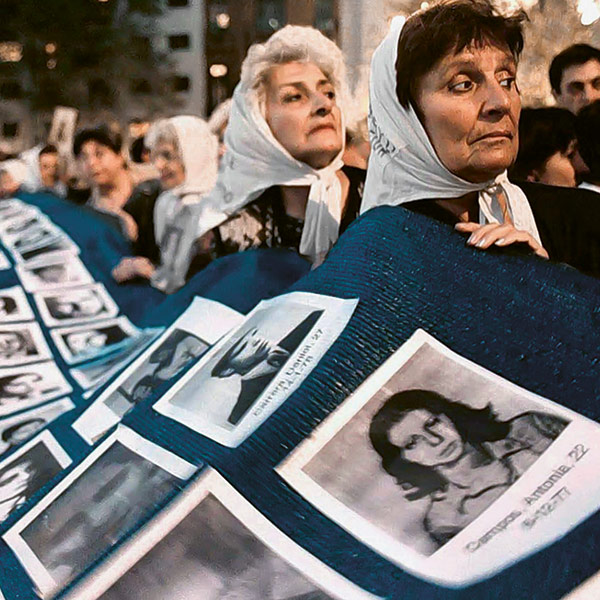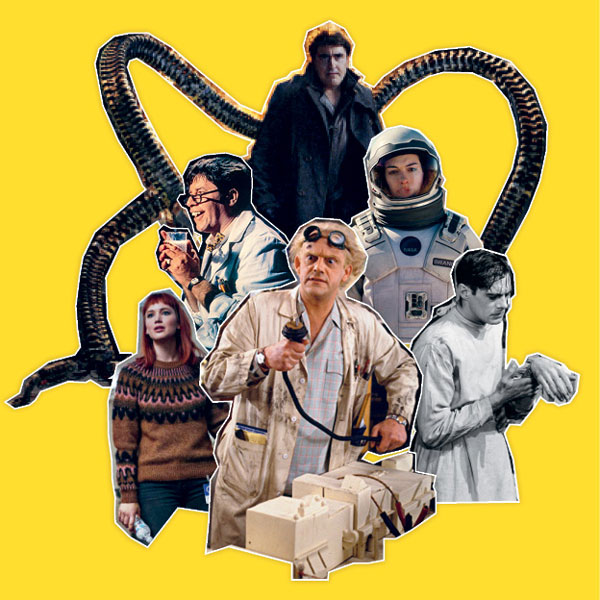Sandra Cortesi takes the digital pulse of today’s youth
On afternoons, Sandra Cortesi’s office in Harvard becomes a youth centre. She’s investigating the influence of digital technologies on the Instagram generation.

At home on social media: the researcher Sandra Cortesi stays up-to-date with WhatsApp, WeChat, Facebook, Instagram, Snapchat, YouTube and Twitter. | Image: Valérie Chételat
When you ask her which online platform she uses most of all, Sandra Cortesi offers a pretty dull answer: Her e-mail account. “I find mails impossible, really”, she says, laughing. But at work, this is still how she has to deal with the greater part of her correspondence. Cortesi is 35 years old, Swiss by birth, and is today the director of the ‘Youth and Media’ project of the Berkman Klein Center, a research institution at Harvard in Cambridge, Massachusetts. For nine years now she has been investigating the influence of the Internet and digital technologies on young people. She wants to find out how they move about online – and what moves them, too.
Privacy is important
What’s unusual is that Cortesi doesn’t do this on her own in her office, but actively incorporates her research subjects in her work – young people aged between 12 and 18. For example, from the age of 16 upwards, young people can apply to join her research team or work as summer interns. Cortesi also goes out to schools, works with international organisations, and exchanges information with her target group. Or the young people simply go to her office, which is open to them as a meeting place on afternoons. “As an adult, you often can’t grasp what topics are relevant”, says Cortesi.
Her focus is primarily on the formation of identity on the Internet, privacy, and the quality of information. According to Cortesi, these are topics about which young people certainly have their own opinions: “In my nine years of research, no one has yet told me that their privacy was unimportant”. Young people simply have a different concept of it. Many of them think a lot about what they want to reveal to which people from their social environment – and they act accordingly. In contrast to this, the older generation tends to regard ‘privacy’ as protecting their data from institutions. Many young people too are concerned that their data might be collected and used by others. “But they lack any adequate alternatives”, she says.
A crucial prerequisite for Cortesi’s research is that she herself has to stay up-to-date at all times. From WhatsApp to WeChat, Facebook to Instagram, and Snapchat to YouTube and not to mention Twitter – Cortesi is everywhere on the ball. She also plays games regularly. “After all, I have to be able to understand the language of the young people”. She doesn’t find this too difficult, because she discovered early on the advantages of online communication. Until she was eleven, Cortesi lived with her family in Colombia. When her parents split up, she moved to Switzerland with her mother and two siblings. But their father remained in Colombia, and they stayed in touch using fax machines. Soon they were able to hook up the Internet using a dial-up connection, albeit with a lot of background noise and bleeps. “Half the village came to chat online”, recalls Cortesi. Back then, Internet connections were still rare in Switzerland.
Later on, Cortesi studied psychology at the University of Basel, with a focus on human-machine interactions. After finishing her degree, she worked as a research assistant for Urs Gasser, a professor at the Research Center for Information Law at the University of St. Gallen (HSG). When Gasser moved to Harvard to run the Berkman Klein Center for Internet & Society in 2009, several of his employees went with him – including Cortesi, who was 26 at the time. “My task was to ensure that the perspective of young people remained constantly in the foreground”, she says. And she’s remained faithful to this, down to the present day.
Taking advice from the young
In Switzerland, too, there’s ever more interest in how young people move about in the digital world. The newspaper ‘20 Minutes’, for example, has been conducting an experiment entitled ‘20 Minutes Youth Lab’. Over twelve weeks beginning in late September 2018, the editors invited in 25 people, aged between 14 and 16, to try and understand better what the young think of the media landscape and what they want from it. Cortesi is putting her own expertise at the disposal of the project, which she thinks is a good idea. “When it comes to incorporating young people in our everyday work and research, there’s a lot still to be done in Switzerland”. This is why she hopes that the project with ‘20 Minutes’ will lead to similar ventures by other institutions and companies. After all, everyone is being confronted ever more urgently by the same question: How can we reach young people?
Well, how can we? “By asking them and listening”, answers Cortesi. If you try to understand their point of view, you can learn a lot, she says. Such as what young people understand by ‘identity’ in the year 2018. How they define ‘friendship’, ‘family’ and ‘relationships’. How they communicate and get involved. Cortesi has already conceived different models for how we might include young people more – physical and digital models, models for individuals and for groups, and observational and participatory models. For example, companies could offer a physical space as a meeting place, or set up an advisory body comprising young people. Another possibility is digital platforms for young people to express their needs and discuss them with adult decision-makers. Something simpler, but no less effective, could be targeted visits to schools, such as those Cortesi conducts in the USA.
But in each case, what’s most important is taking young people seriously. It’s too easy to assume that they are all dependent on their smartphones. “Just because their user behaviour is different from that of other people, and just because we don’t always understand it, does not mean that it’s bad”, says Cortesi. Instead of judging, she recommends being curious. And it’s best if we start straightaway. “There’s so much still to ask”.
Samanta Siegfried is a freelance journalist and lives in Basel.




